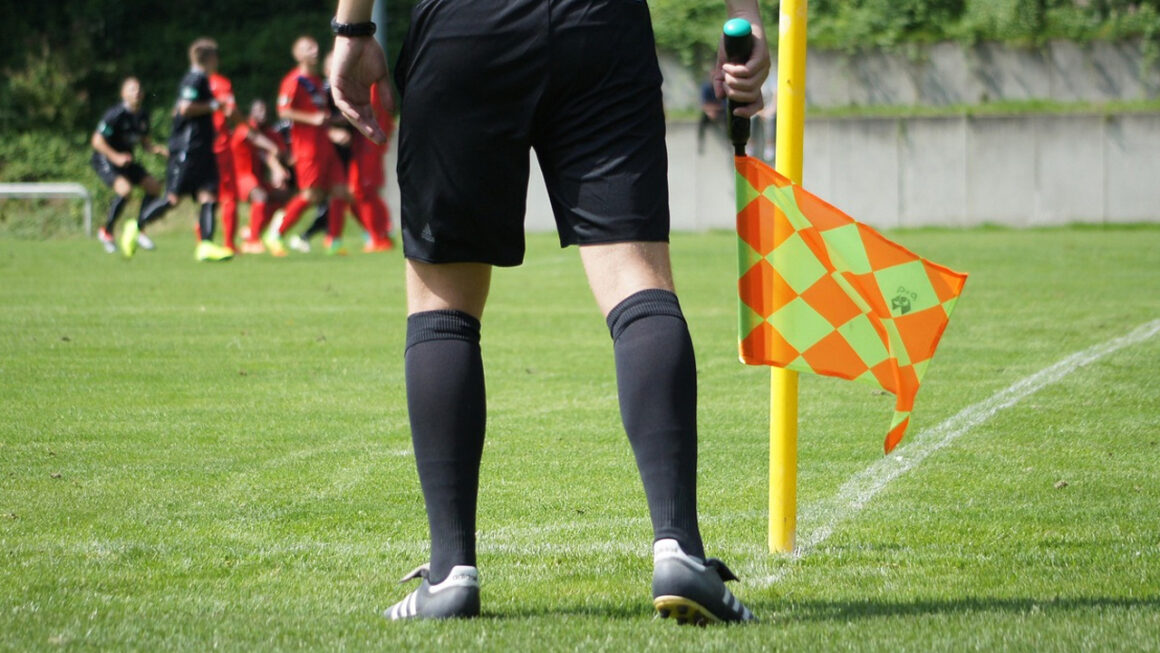As a soccer mom, you’re the backbone of your child’s soccer journey—cheering them on, driving them to practices, and making sure they’re hydrated and ready to play. But let’s be honest, soccer can sometimes feel like a foreign language if you’re not familiar with the rules. Don’t worry! We’ve got you covered with this simple breakdown of the essential soccer rules every soccer mom should know. Let’s dive in!
1. The Basics: How Soccer Works
- Objective: Two teams compete to score goals by getting the ball into the opponent’s net. The team with the most goals at the end of the game wins.
- Game Duration: Matches are divided into two halves. For younger kids, halves are usually 20-30 minutes, while older players play 40-45 minutes per half. There’s a short halftime break in between.
2. Players and Positions
- Team Size: Each team has 11 players on the field, including the goalkeeper. Younger age groups may play with fewer players (e.g., 7v7 or 5v5).
- Positions: Players are divided into forwards (attackers), midfielders, defenders, and the goalkeeper. Kids often rotate positions to learn different skills.
3. Key Rules to Know
- No Hands!: Only the goalkeeper can use their hands, and only within the penalty area. Outfield players can use any part of their body except their arms and hands.
- Throw-Ins: When the ball goes out of bounds on the sidelines, the opposing team gets a throw-in. The player must use both hands and throw the ball over their head with both feet on the ground.
- Goal Kicks and Corner Kicks: If the ball goes out of bounds behind the goal, it’s either a goal kick (taken by the defending team) or a corner kick (taken by the attacking team), depending on who last touched the ball.
- Offside Rule: A player is offside if they’re closer to the opponent’s goal than both the ball and the second-last defender when the ball is passed to them. (Note: This rule may not apply to very young age groups.)
4. Fouls and Free Kicks
- Common Fouls: Tripping, pushing, handballs, and dangerous play are all fouls. If a foul occurs, the opposing team gets a free kick.
- Yellow and Red Cards: A yellow card is a warning for serious fouls or unsportsmanlike behavior. A red card means the player is ejected from the game, and their team must play with one fewer player.
5. Penalty Kicks
If a foul happens inside the penalty area, the attacking team gets a penalty kick—a one-on-one shot between the kicker and the goalkeeper from the penalty spot.
6. Sportsmanship and Fun
Soccer is about teamwork, respect, and having fun. Encourage your child to play fairly, respect the referee’s decisions, and always shake hands with the opposing team after the game.
7. Soccer Mom Tips
- Cheer Positively: Support all the players, not just your child.
- Respect the Referee: Even if you disagree with a call, let the ref do their job.
- Pack the Essentials: Don’t forget water, snacks, and a first aid kit!
Why Knowing the Rules Matters
Understanding the basics of soccer helps you follow the game, connect with your child, and cheer them on with confidence. Plus, you’ll be ready to explain those confusing moments (like offside calls) and celebrate their achievements like a pro.
So grab your folding chair, put on your team colors, and get ready to enjoy the beautiful game. You’re not just a soccer mom—you’re part of the team! ⚽💪
Got questions about soccer rules? Drop them in the comments below, and let’s keep the conversation going!




